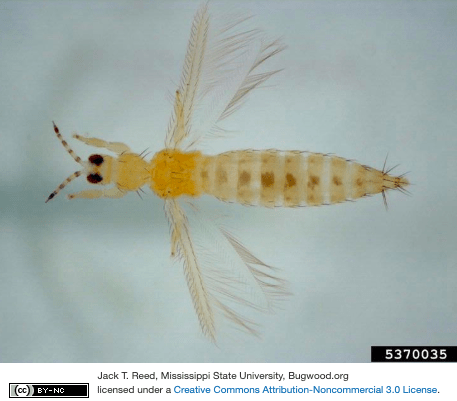By: Anne Dorrance, OSU Extension
Harvest is well underway and once the soybeans are off the fields this provides some time to sample soil for the SCN populations. The SCN Coalition theme for the next few years is What’s your number? Do you know which fields have SCN and what the current population is sitting at? Continue reading




